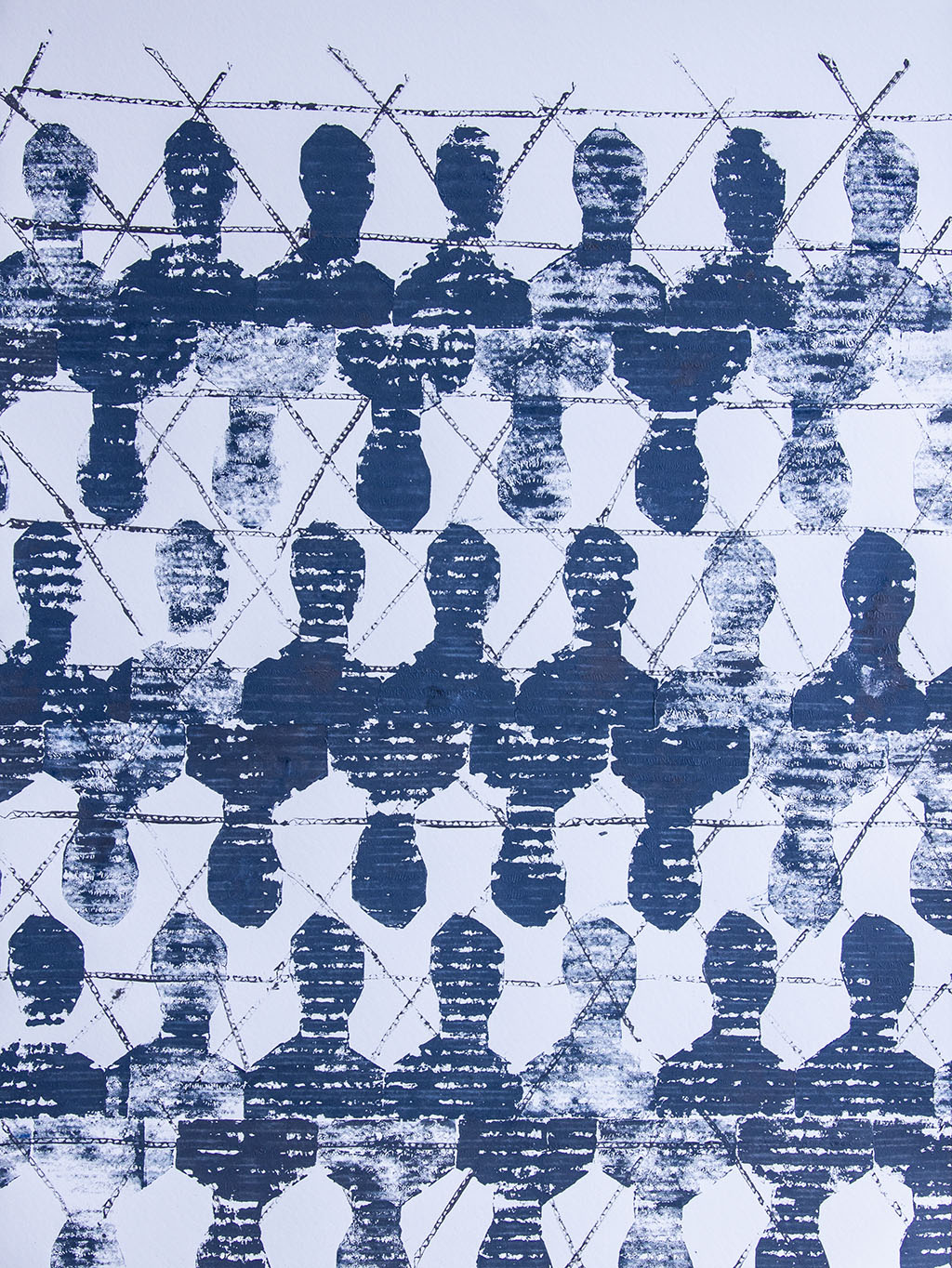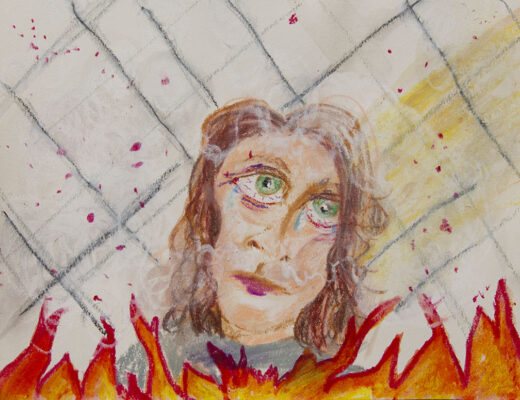Beep Beep
“Another bus has arrived” is announced as I walk through medical records, “looks like there are 50.” In preparation, medical staff move charts quickly to prepare the inmates for their continuance of care. Often, when an inmate has received their sentencing for 5, 15 or 30 years or even LIFE, there’s the thought “lock ‘em up and throw away the key.” There is a perception that inmates go directly to prison, one building, one room and that’s it.
Making the Circuit
However, the process actually involves a lot of movement. Initially, an inmate is taken to a prison reception center where intake and examinations are completed for medical, mental health, education and other needs. An inmate is then assigned to an institution based on needs. The movement doesn’t stop there. Inmates are constantly moved for plenty of reasons: behavior (good and bad), programs, treatment and more. Many inmates “make the circuit” by moving among many facilities throughout their sentencing. Inmates can request transfers as they seek perceived “easier” camps, programs or locations closer to their families or friends.
Holding the Space
As an art therapist practicing in the prison setting, managing the ever-changing caseload is a challenge. The constant change of inmates can adversely impact building the therapeutic relationship. To do no harm, I view each counseling session as standalone. The session goal is that of sublimation, a means to channel intense thoughts or emotions into a positive art intervention. With a road drawing or bridge drawing exercise, inmates can redirect emotions like anger, confusion, and sadness into a concretized image. Holding the space, the image can be explored for meaning together. Ideally, we discuss what they wish to work on in the next therapy session. Then, I cross my fingers that we may meet again.
Art Therapist with Conviction
Prison settings have many complexities that can complicate the work of art therapy. As a human being working to be in connection with another human being, I have struggled with injustices and barriers for ideal care. With no doubt, the assaultive nature of inmate crimes has secured their sentences. Society assigns the cost as a loss of freedom. Gussak (2020) acknowledged so much more is lost beyond freedom, “oppressing [those] already oppressed” (p. 52). In reflection, I created a poem and image called “Humans are Beings.”
“Humans are Beings”
Next next.
Going behind the fence
Bluebird bus shows
So population grows
All lined in their blues
Wander what this camp has due.
So boredom ensues.
Same stories, same crimes
With familiar scripted lines
Begging the same questions again
No wonder the act has settled in.
Next next.
Just move ‘em along
It’s okay I’ve heard this song
“Checked out”
So no “Check in” needed
Humans are beings
This must be heeded.
Printmaking as Being
To create the image, a printmaking technique was used to stamp the image of inmates. Thoughts flooded in. The act of “stamping” was like a cookie cutter approach. Similarly, the concept of Just in Time manufacturing came to mind, wherein it’s a way of “help[ing] organizations control variability in their processes, allowing them to increase productivity while lowering costs” (Planview, n.d.). To grapple with the sheer number of inmates, sadly, I realized the printmaking process made it more efficient to create this work.
However, an interesting pattern emerged as the endless flow of people in the correctional system. Faceless behind fences, the adage “lock ‘em up and throw away the key” came up again. Then the idea was challenged: they aren’t forgotten because there is security and staff that works with them every day. Family and friends, the few that are left, are supportive too. With a closer look, some inmate images continued off the paper. Perhaps this image is only a slice of the big picture.
Printmaking allowed a way to tap into the power of communication. Harkening back to the invention of Gutenberg’s press, repetition made its impression. From the Florida Department of Corrections (2020, March 2), Secretary Mark Inch wrote to inmates stating, “With hope, we can remove hate, fear, insecurity and disappointment and grasp onto the truth that, regardless of circumstances, TODAY MATTERS.” As an art therapist, TODAY matters, holding the space is vital for the expression of hope. Making art TODAY, the pattern of inmates pointed to the hope that all humans are beings.
References
Florida Department of Corrections. FDC Communications. (2020, March 2). Secretary’s Message to Inmates and Offenders: Find Hope by M. Inch. Tallahassee, FL: FDC Communications. Retrieved from http://www.dc.state.fl.us/comm/press/main/03-02-sec.html
Gussak, D. E. (2020). Art and art therapy with the imprisoned: Re-creating identity. New York: Routledge.
Planview. (n.d.). What is Just-In-Time Manufacturing? Retrieved from https://www.planview.com/resources/guide/what-is-lean-manufacturing/just-in-time-manufacturing/




